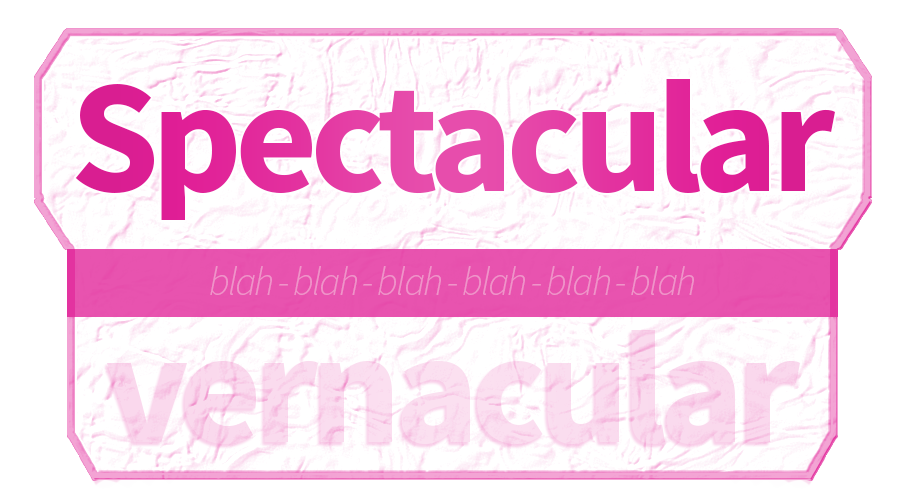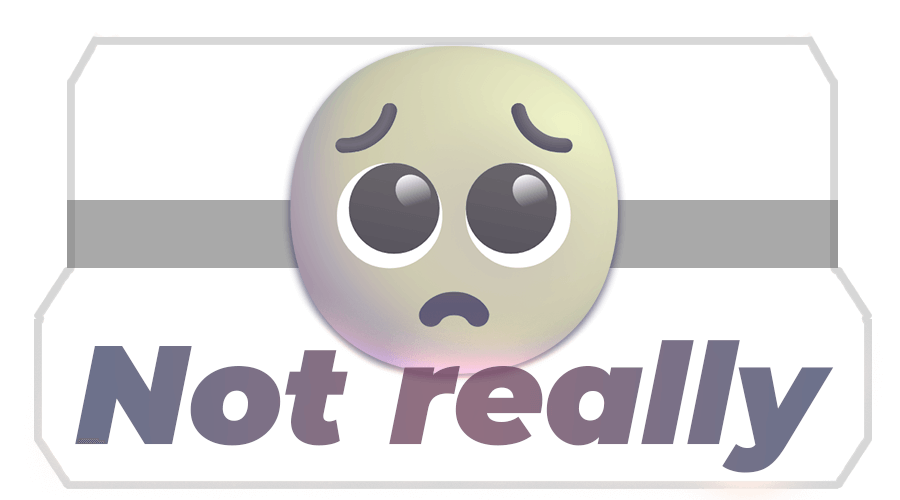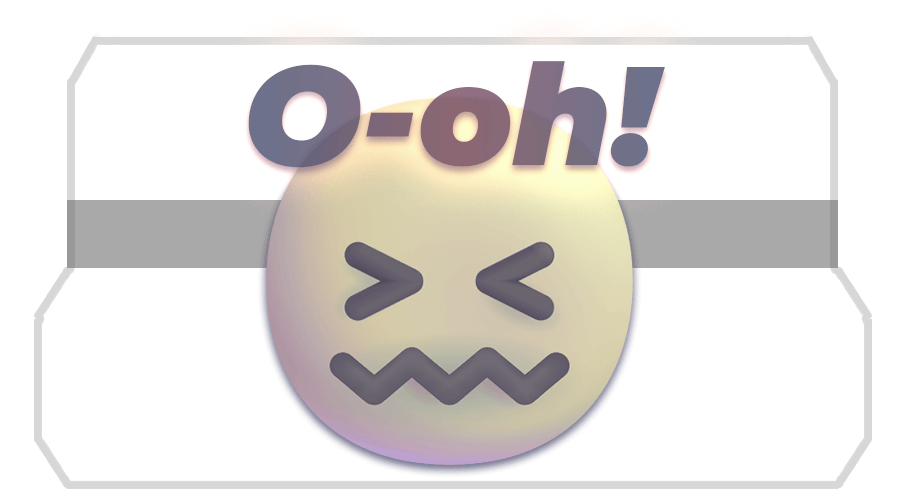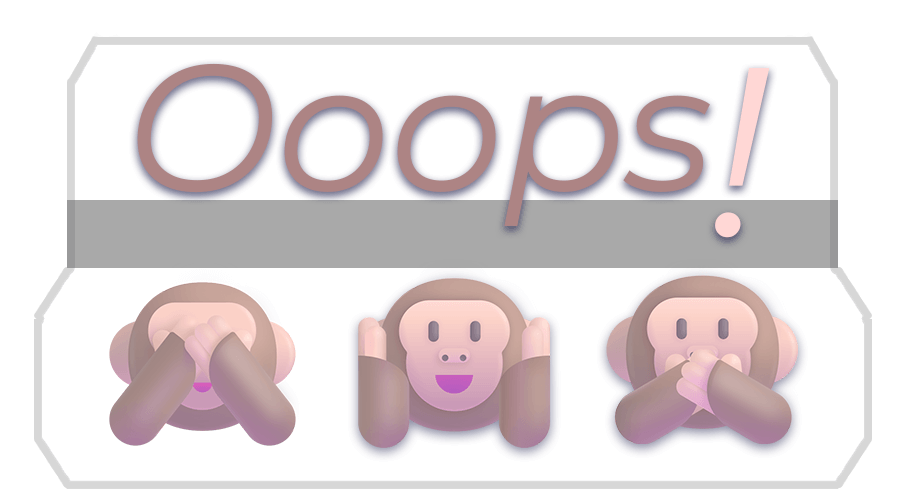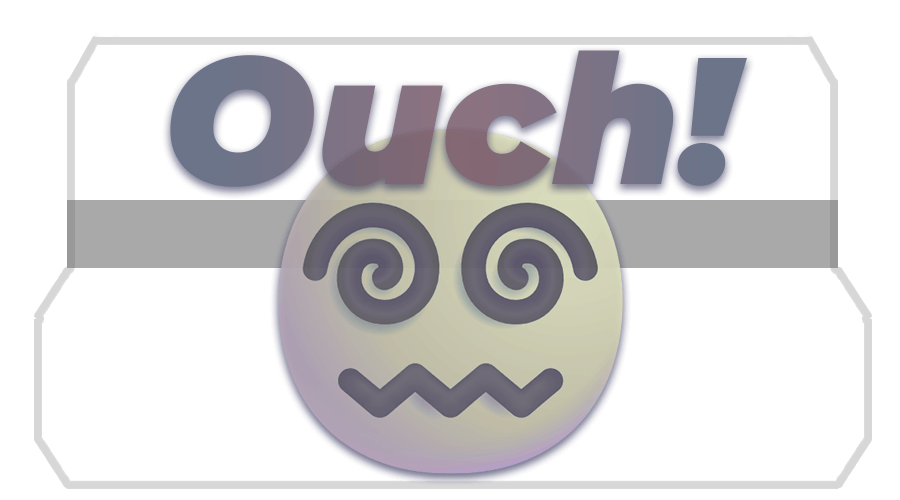LA/RC 103 | XG : Clowns and jesters as reality checkers to society
The word “clown” is sometimes used to label a person as foolish. But being called a clown is not always an insult. The art of clowning is an old, honorable tradition. It includes not just modern-day circus clowns but court jesters, who performed for kings or emperors, and theatrical clowns, who were onstage as early as 500 years ago.
Throughout history, most cultures have had clowns. These clowns do more than just make people laugh. They are often shown as powerless fools, but sometimes clowns actually enjoy great freedom of speech. Using humor, clowns are able to question their leaders in a way ordinary people might not.
For example, in ancient China, the Emperor Shih Huang-Ti ordered the Great Wall of China to be built. During its construction, thousands of workers died due to poor working conditions. The Emperor planned to have the Great Wall painted, which would have resulted in even more lives lost. The Emperor’s jester, Yu Sze, was the only person who dared to criticize this plan. He did so jokingly, but his jokes persuaded the Emperor not to paint the Great Wall. For this Yu Sze is now celebrated as a national hero in China.
Clowns remind us that humor can be one of the most effective ways to influence people. The clowns of our culture— those who make us laugh and look at life in new ways— may not represent foolishness at all, but wisdom in disguise.













